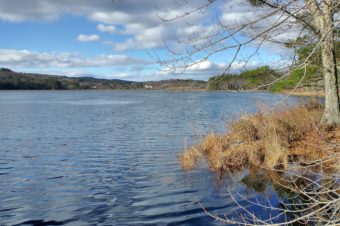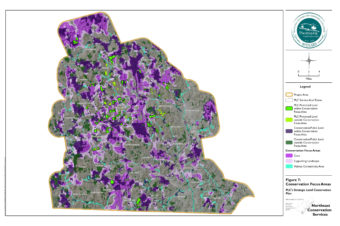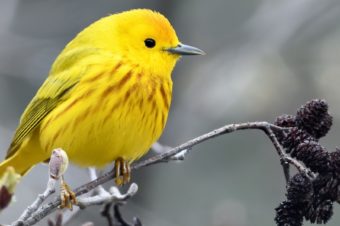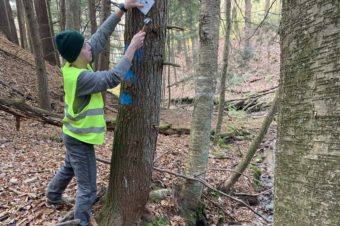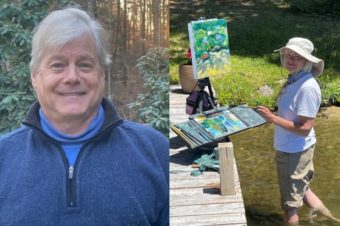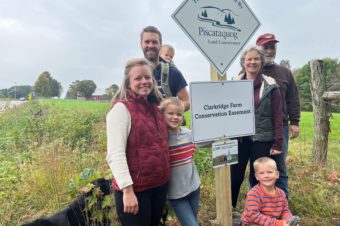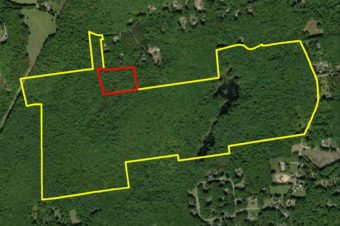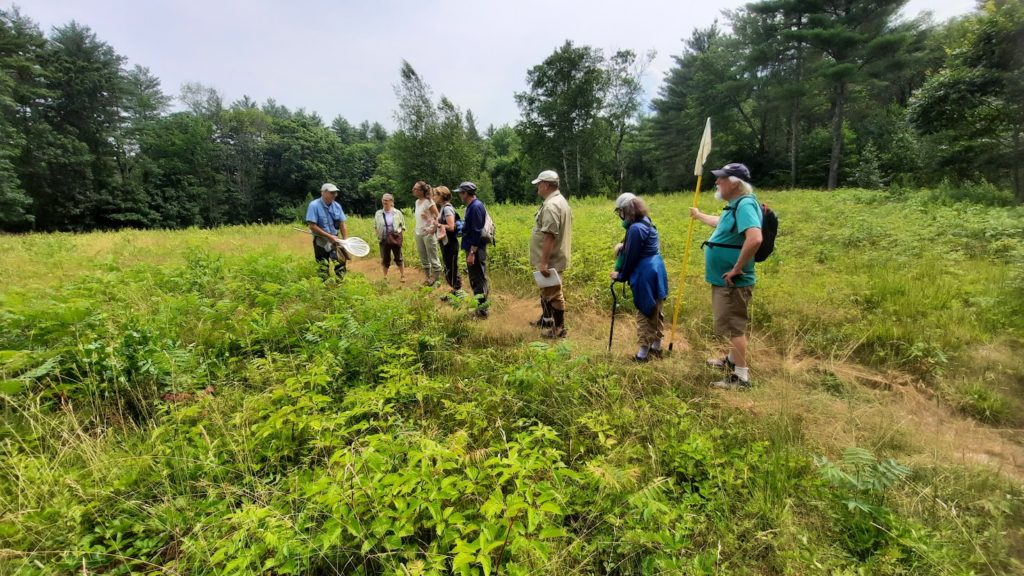
On Saturday July 16th, PLC Trustee Mike Thomas led a group of members and PLC friends on an exploration of New Boston’s Betsy Dodge Conservation Area. This property, owned and protected by the Town of New Boston, includes a pond and a high-ground meadow – a perfect habitat for the insect-world’s winged wonders: dragonflies and butterflies.
We learned about their morphology, life cycles, biology, and habitats – below are highlights of what we saw, heard, and learned.
Aerodynamics & Agility:
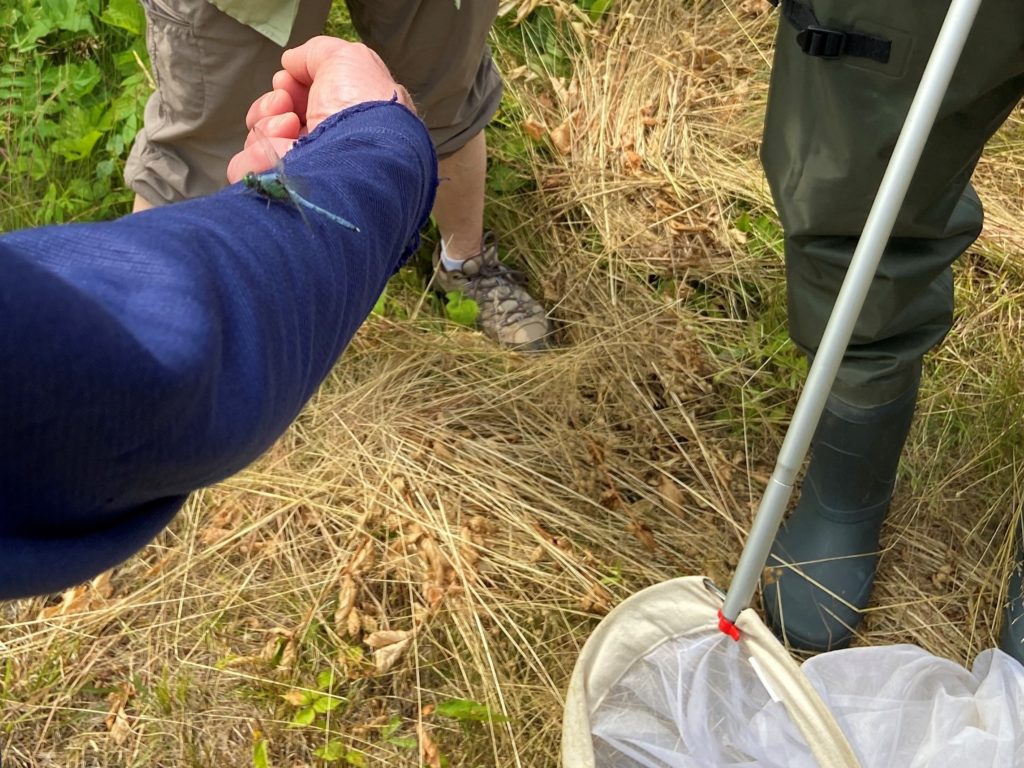
As soon as we entered the meadow, we spotted and caught a beautiful blue dragonfly. We identified it as a member of the skimmer (Libellulidae) family: the Eastern Pondhawk!
Eastern Pondhawks found in grasslands are typically juvenile males learning to spread their wings and hunt without the territorial competition of more developed adults looking for a mate in the wetlands. Once they are strong enough, they will return to the wetlands and complete the adult stage of their lifecycle.
Mike pointed out the dark tips of this Pondhawk’s wings and explained that they are not ornamental – they are an evolutionary feature important to a dragonfly’s in-flight maneuverability and agility. These small pouches of hemolymph (insect blood) function as something like an adjustable ballast, allowing the dragonfly to change the shape and weight distribution of their wings. This allows them to fly at different speeds and change directions abruptly. Dragonflies are such advanced aviators that engineers have studied their anatomy as a source of inspiration for aircraft designs.
This specimen also had a few co-pilots onboard – water mites. They are a tiny ectoparasite that attach themselves to a dragonfly’s soft body shortly after they shed their aquatic nymph-stage exoskeleton and emerge in their winged form. Water mites feed on the dragonflies and use them as a mode of transportation to other locations, enabling them to diversify their genetic pool and reproduce.
Take a Dip
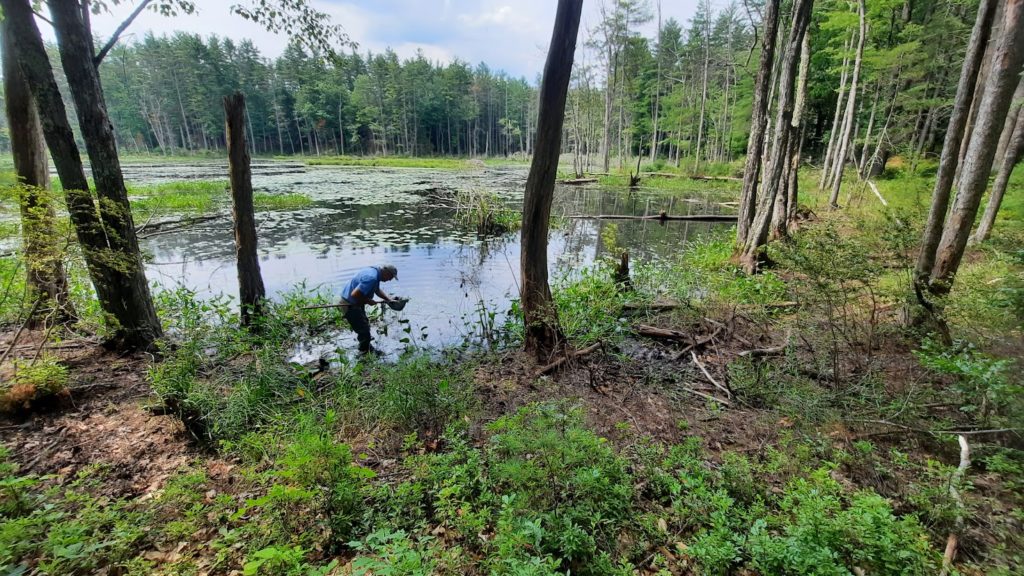
The morning clouds hadn’t burnt off yet, and the temperature was still below 80 degrees. Mike explained that as the day warmed up the field would likely become more active with butterflies – they are cold-blooded and require warmth to activate their muscles for flight.
While we waited for the sun to emerge, we decided to head to the pond in search of dragonfly nymphs (aquatic larval dragonflies) and to observe dragonflies emerging from the larval stage.
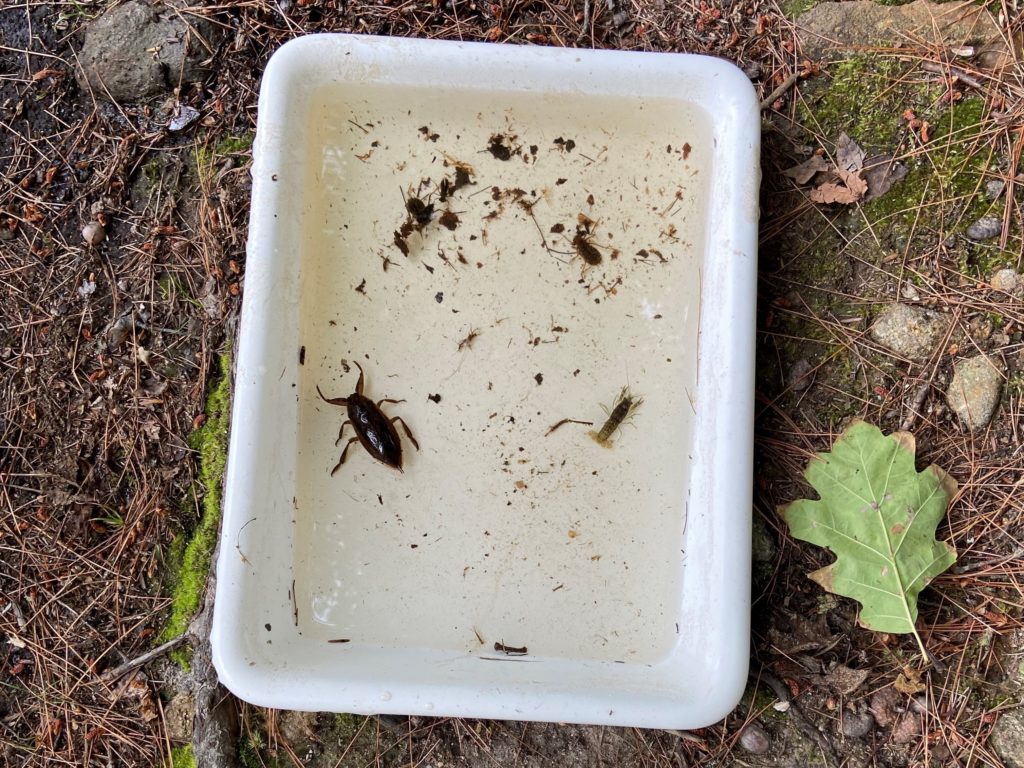
Outfitted with waders and dip nets, Mike scooped up samples from the pond. We found dragonfly larvae in every sample we took! The nymphs representing three families: Darners (Aeshnidae), Clubtails (Gomphidae), and Skimmers (Libellulidae). We also caught predacious diving beetles, a water scorpion, a giant water bug (which you may know as a “Toe Biter”), a water boatman, crayfish, and tadpoles. Exploring the pond illustrated the biodiversity of this habitat. The abundant dragonfly larvae are an essential source of food for many creatures in this habitat, and the health of their population has impacts up the food chain.
Back to the Field

Surprisingly, butterfly sightings were sparse (we only saw two species: Common Wood Nymph (common) and Northern Broken-Dash Skipper). We did see a variety of adult dragonflies and damselflies, though. Here’s our full sightings list:
- Swamp Spreadwing
- Fragile Forktail
- Violet Dancer
- Lancet Clubtail
- Clamp-tipped Emerald (bright emerald-green eyes)
- Calico Pennant
- Halloween Pennant (seen by Mike)
- Eastern Pondhawk
- Spangled Skimmer (bi-colored stigmas on the wing)
- Blue Dasher
- Autumn Meadowhawk (just emerged with glistening wings)
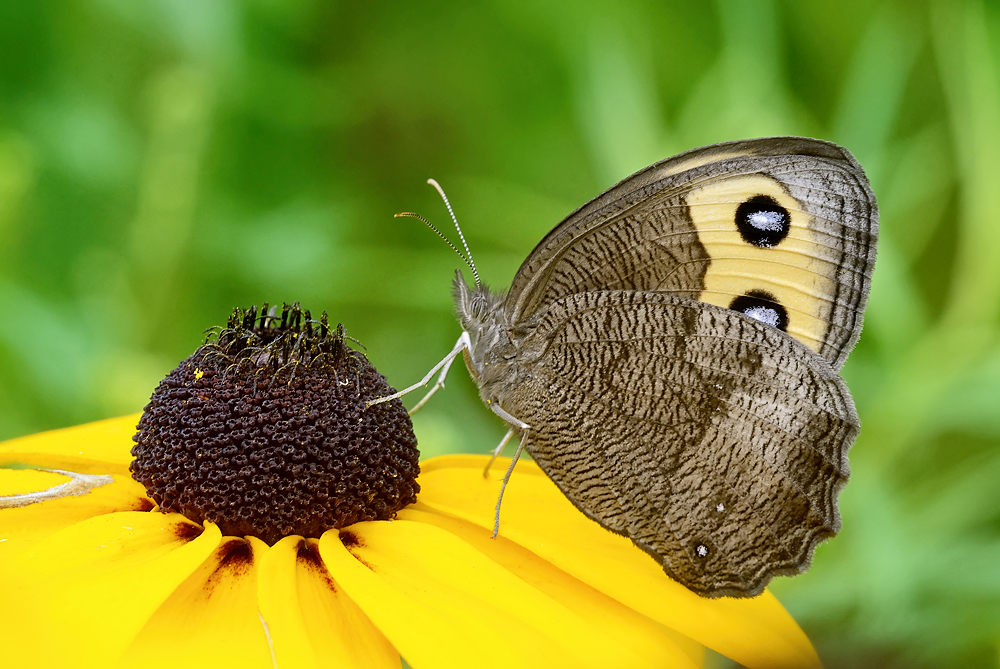
Saturday Morning Soundtrack
Our ears were open as well as our eyes, and we were fortunate to hear the songs of several species of birds. At the end of the walk, we heard a Black-billed Cuckoo and learned that they are exclusive predators of the characteristically hairy caterpillars of the spongy moth due to an amazing evolutionary development. The hairs of spongy moth caterpillars pierce the inner lining of the stomach and remain there, but when the hairs reach critical mass, the entire stomach lining sloughs off and is regurgitated as a pellet!
Other birds identified by song:
- Winter Wren
- Common Yellowthroat
- Scarlet Tanager
- Wood Thrush
- Song Sparrow
A tremendous thank you to Mike Thomas for leading this trip and sharing his knowledge, the Town of New Boston Conservation Commission for co-sponsoring the event, and to everyone who joined us!
Photos by Dave Butler, Mike Thomas, and Jill Ketchen
